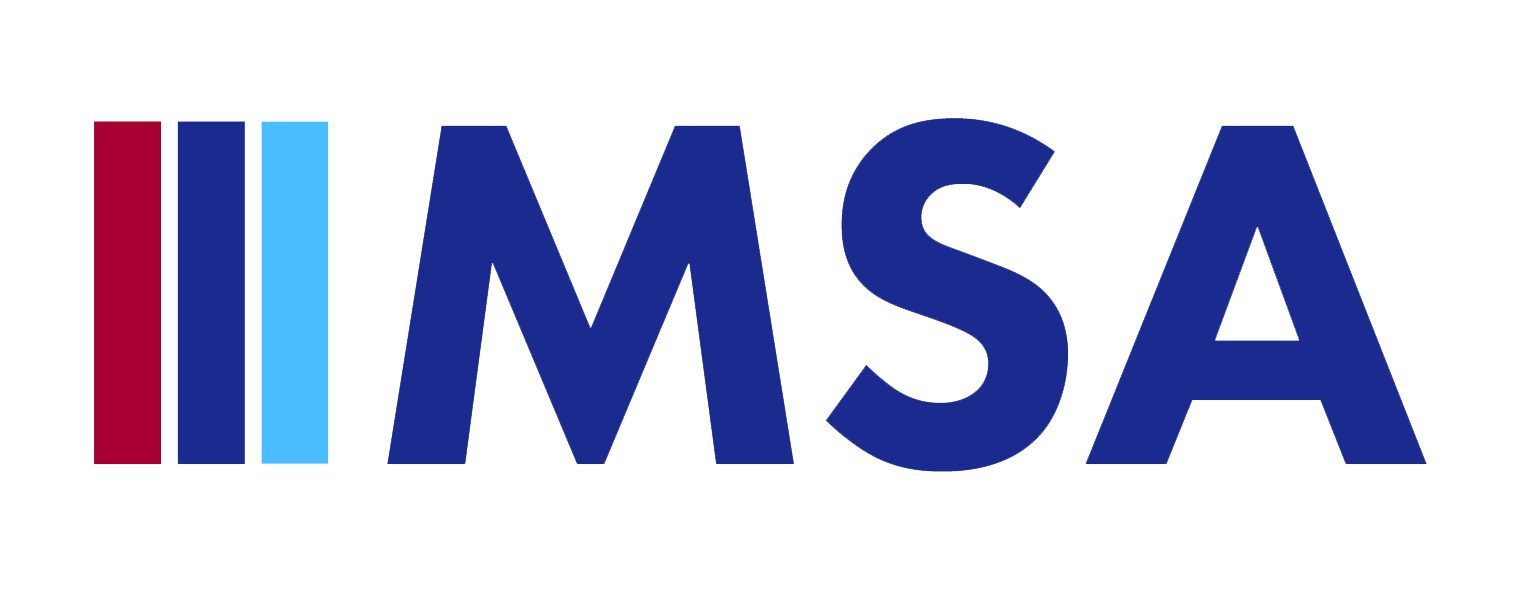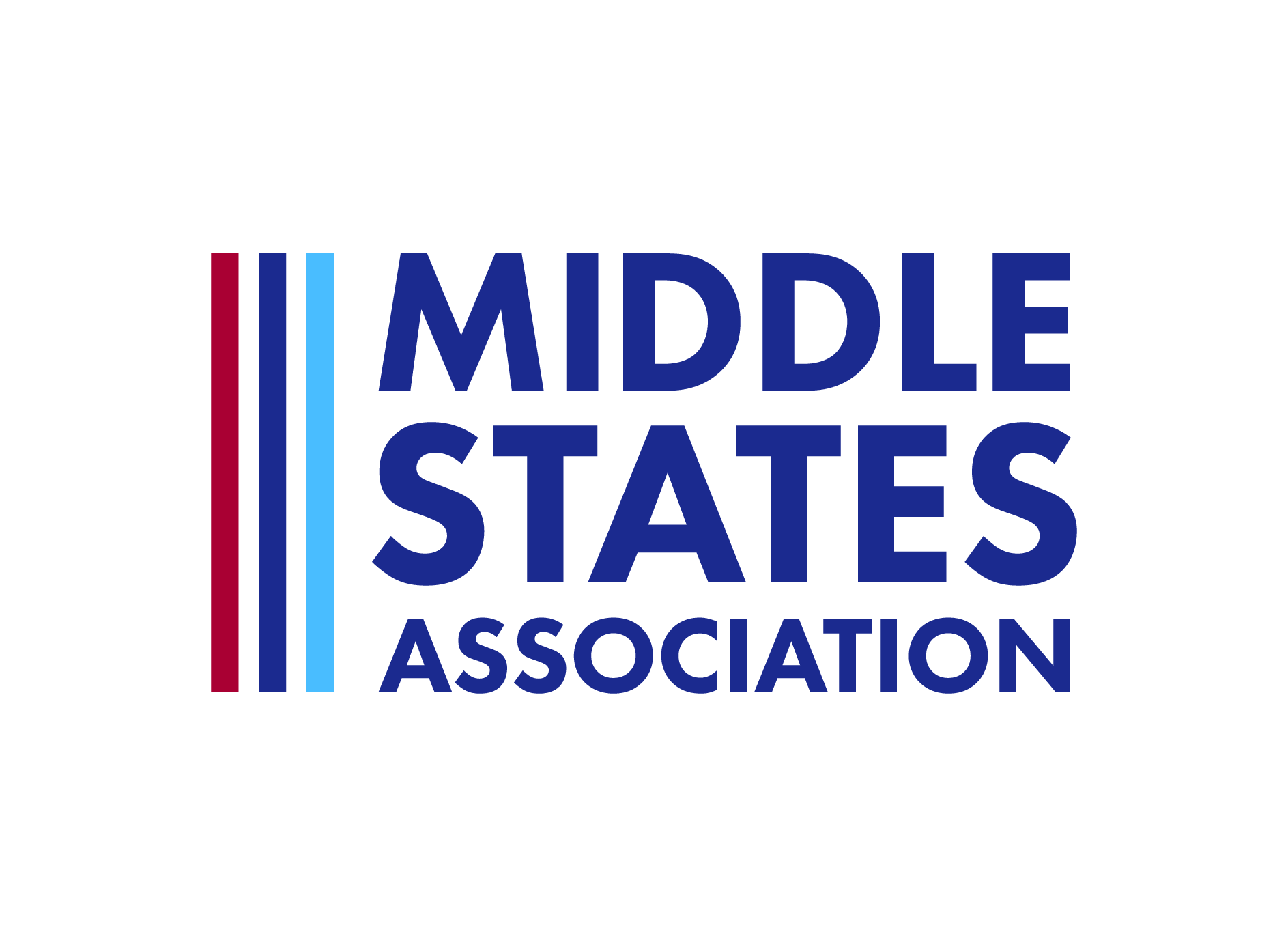Process of Accreditation
Accreditation is an improvement process and an accountability system. It is an ongoing process, not just a status. Using internationally recognized standards, an institution conducts a comprehensive self-study and evaluation, as well as submitting to a rigorous peer review process. The steps outlined below typically take between 2 to 5 years from initial contact to accreditation. Accredited member schools are committed to ongoing school improvement and the planning process continues through the duration of the accreditation term. Click Here for further information on each step of the process.

If your school is interested in accreditation, please contact Henry McCorkle, Director of Global Membership at hmccorkle@msa-cess.org.
Standards for Accreditation & Self-Study Protocols
Accreditation is the affirmation that a school or other educational institution is providing the level of quality in its educational programs, services, activities, and/or resources expected by its community of stakeholders and endorsed by the education world. When the Commissions on Elementary and Secondary Schools accredit a school, they certify that the school meets the prescribed standards of quality of the Middle States Association.
To become accredited, or have its accreditation renewed, by the Middle States Association, a school must demonstrate that it meets the appropriate Standards for Accreditation. Recognizing the unique characteristics of schools and other educational institutions, the Middle States Commissions on Elementary and Secondary Schools have adopted Standards for Accreditation appropriate for each type of member institution.
Self-study and accreditation protocols set forth the procedures for conducting a self-study by institutions seeking accreditation by the Middle States Commissions on Elementary and Secondary Schools. These protocols are specific to each category of education institution accredited but includes these components:
The procedures for conducting a self-study;
The procedures for conducting a self-assessment to determine if the institution meets the appropriate Standards for Accreditation; and,
Accreditation requirements specific to the category of institution and the protocol.
The Commissions offer the following self-study and accreditation protocols for:
Schools
Standards for Schools
Standards for Schools (Spanish)
The majority of our member schools will use one of two protocols for self-study: Excellence by Design (EBD) or Designing our Future (DOF). DOF is our more traditional protocol, recommended for a school seeking accreditation for the first time or a school that has gone through significant changes. EBD is for schools seeking re-accreditation.
Short descriptions are below or you can review a comparison chart of these two protocols.
Schools should consult with MSA staff to determine the most appropriate self-study protocol.
Designing Our Future (DOF) is a self-study and accreditation protocol primarily focusing on growing and improving the school’s capacity to produce the levels of student performance desired and expected by its community of stakeholders. Organizational capacity is defined by the 12 Middle States Standards for Accreditation for Schools that represent the “building blocks” required for a quality school and educational program (e.g., finances, facilities, student services, etc.). Through this protocol, the school determines which areas of its curriculum and organizational capacity are the priorities for growth and improvement, sets measurable goals to address these priorities, and then establishes a plan to achieve its objectives.
Excellence by Design (ExBD) is a self-study and accreditation protocol that uses strategic planning as a vehicle for establishing objectives for growth and improvement in student performance and in the school’s capacity to effect that growth. In addition, the protocol provides for a continuous review of programs and services and of the results of student performance. It also enables diverse constituent groups to participate in charting the future of the institution.
Sustaining Excellence uses strategic planning and action research as vehicles for growth and improvement in student performance and in the school’s capacity to effect that growth.
The Sustaining Excellence Protocol provides an option for schools that can demonstrate 1) their efficacy, over time, in producing the levels of student performance desired and expected by their community of stakeholders and 2) what Doug Reeves (Reeves, Doug. (2006). The Learning Leader: How to Focus School Improvement for Better Results. Association for Supervision and Curriculum Development.) calls a “leading school.” Leading schools are those that are achieving high levels of student performance, have an excellent understanding of the necessary antecedents for those results, and are likely to continue achieving those high results over time.
Schools that desire to use the Sustaining Excellence Protocol for reaccreditation by the Middle States Association must demonstrate they meet the following criteria:
The school:
- Has strong evidence that it is and has been effective growing, improving, and/or sustaining student performance, especially in academics, over time. (Note: theSustaining Excellence Protocol will be made available to any school that can demonstrate its effectiveness–students are learning and growing over time–not just schools that are “high performing” in terms of state assessments, national/state rankings, etc.);
- Has a demonstrated history of continuous accreditation by the Middle States Association or another recognized accrediting agency;
- Based on its record of past accreditation, will likely be able to provide evidence that it meets the requirements of the 12 Middle States for Accreditation; and,
- Has a history of excellent accreditation results free from monitoring issues and/or stipulations
Approval of the Commissions’ staff must be obtained to use the Sustaining Excellence protocol.
Systems of Schools
- A legal entity;
- A system comprising more than one component school;
- A single governing body;
- A chief executive officer or superintendent; or
- Faith-based schools affiliated within a community, organization, or diocese.
- School systems with a current strategic plan that meets the requirements of this protocol may attain accreditation by the Middle States Association using that existing plan to meet the continuous growth and improvement requirements of the protocol.
- School systems without a strategic plan focused on growing and improving student performance and the system’s capacity to effect that growth may use the framework and step-by-step procedures in the Achieving Excellence System Wide protocol to develop a plan that includes measurable performance and capacity goals and action plans to achieve those goals.

